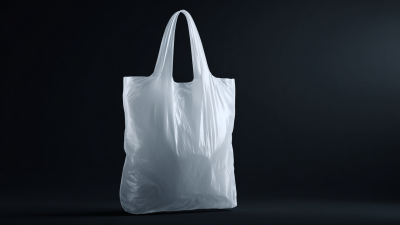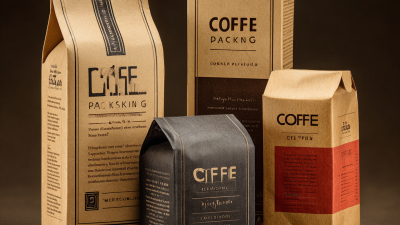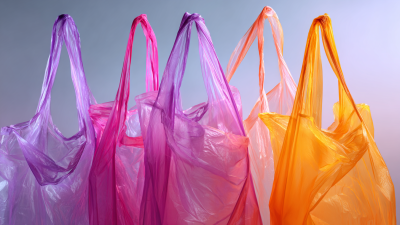- Phone:+86 15218629499
- Phone: +86 15766990063
- E-mail: Yzprinting01@163.com
In the competitive world of branding, the choice of promotional materials can significantly influence a company's image and customer perception. One often overlooked yet impactful item is the plastic bag with logo, an essential tool for businesses looking to enhance their visibility and strengthen brand recognition.
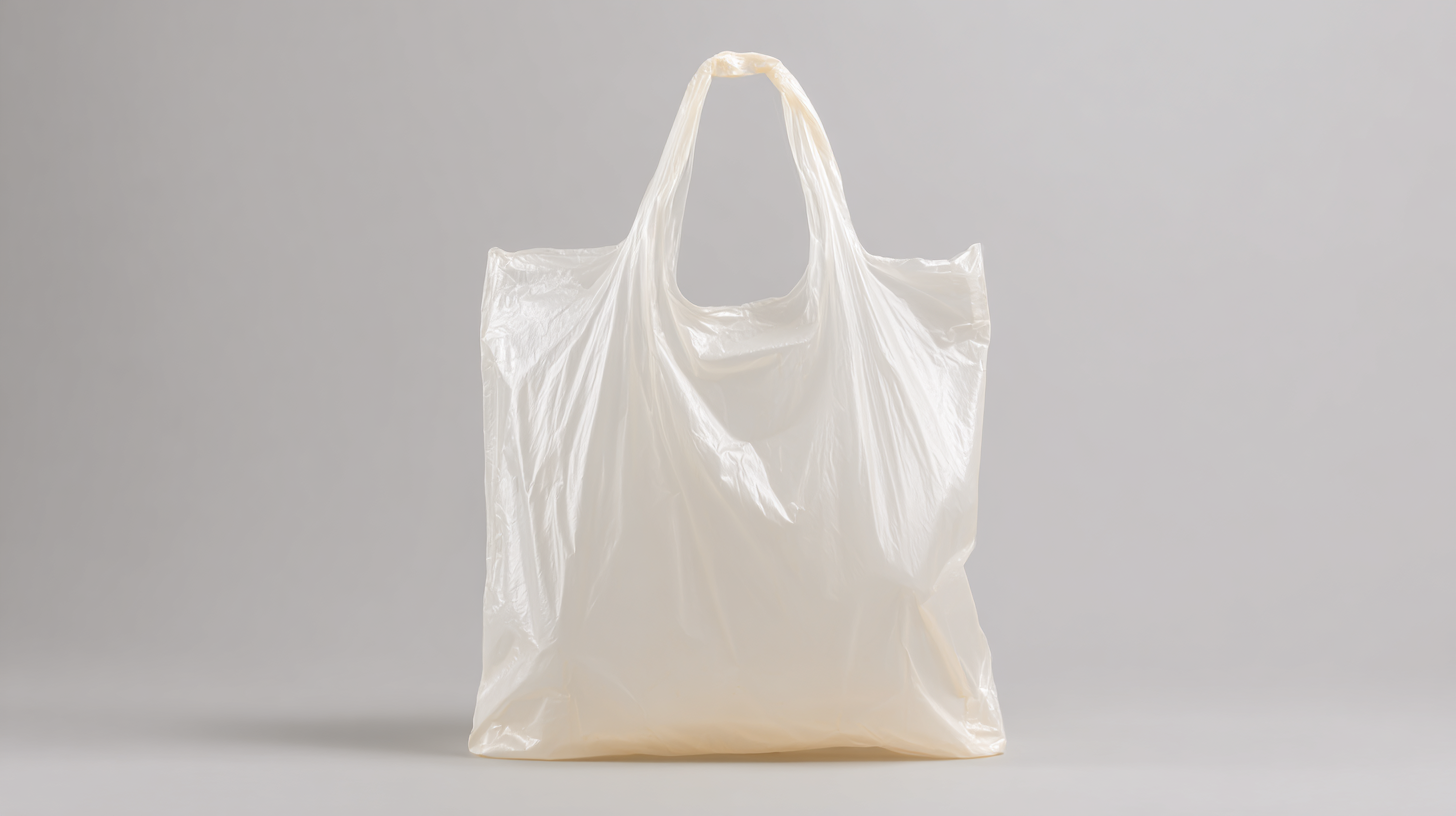 Selecting the right plastic bag involves understanding your target audience, the purpose of the bags, and the type of logo that best represents your brand's values. This article provides valuable tips and insights on how to choose the perfect plastic bag with logo that resonates with your customers while effectively conveying your brand message. By thoughtfully considering material, design, and functionality, businesses can elevate their brand presence and create a lasting impression.
Selecting the right plastic bag involves understanding your target audience, the purpose of the bags, and the type of logo that best represents your brand's values. This article provides valuable tips and insights on how to choose the perfect plastic bag with logo that resonates with your customers while effectively conveying your brand message. By thoughtfully considering material, design, and functionality, businesses can elevate their brand presence and create a lasting impression.
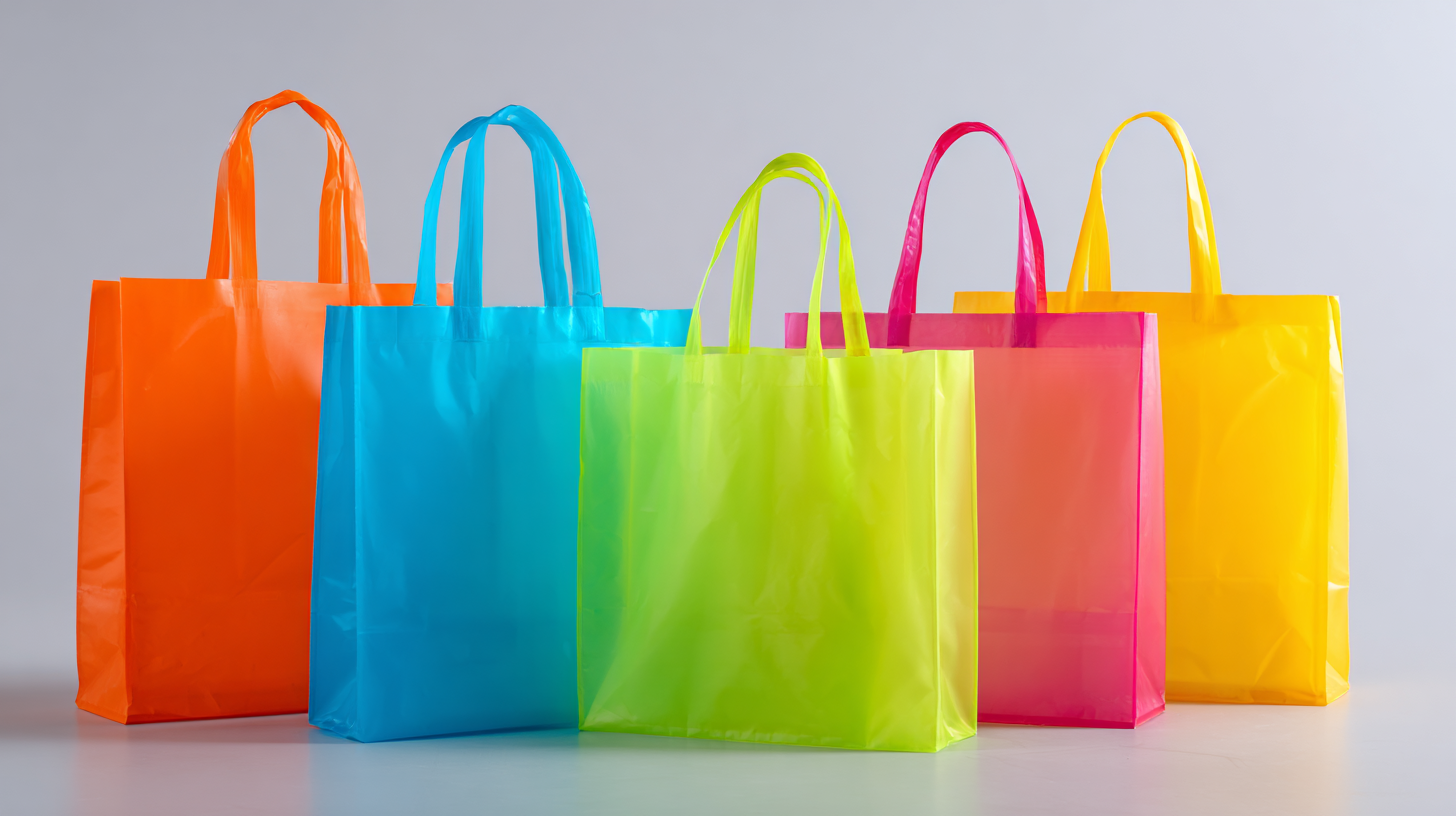 When considering logo plastic bags for your brand, it’s essential to start by identifying your unique needs. Think about the image you want to project—is it luxury, eco-friendliness, or practicality? Understanding your brand's values helps guide the design process, ensuring that the materials, colors, and styles resonate with your target audience. For instance, a high-end boutique may opt for sturdy, elegant bags that reflect quality, while a grocery store might choose colorful, lightweight options to emphasize convenience.
When considering logo plastic bags for your brand, it’s essential to start by identifying your unique needs. Think about the image you want to project—is it luxury, eco-friendliness, or practicality? Understanding your brand's values helps guide the design process, ensuring that the materials, colors, and styles resonate with your target audience. For instance, a high-end boutique may opt for sturdy, elegant bags that reflect quality, while a grocery store might choose colorful, lightweight options to emphasize convenience.
Next, assess the functional requirements of your plastic bags. Consider the size and type that would best suit your products—whether you're packaging small items or larger merchandise. It’s also important to think about durability and usability, ensuring that the bags can carry weight without tearing and offer easy handling. Additionally, logos should be prominently displayed to maximize brand visibility. By aligning the design and functionality of the bags with your brand's identity and customer expectations, you can create an impactful product that elevates your brand presence.
When selecting a plastic bag with a logo for your brand, understanding the various types and their features is essential. There are several options available, each suited for different purposes. For example, high-density polyethylene (HDPE) bags are strong and cost-effective, making them ideal for grocery stores. In contrast, low-density polyethylene (LDPE) bags are more flexible and are commonly used in retail settings, offering a softer feel and excellent durability.
Another consideration is the style of the bag. Tote bags, for instance, have sturdy handles and can support heavier items, making them a popular choice for promotions and giveaways. On the other hand, drawstring bags offer a different appeal, providing ease of use and a casual aesthetic that can resonate with younger audiences. By evaluating the type of plastic, its thickness, handle styles, and intended use, brands can make informed choices that enhance their image and meet their specific needs.
| Bag Type | Material | Features | Best For |
|---|---|---|---|
| Flat Bags | LDPE | Cost-effective, lightweight | Retail, packaging |
| T-Shirt Bags | HDPE | Convenient handles, reusable | Grocery, retail |
| Gusseted Bags | LLDPE | Expandable, spacious | Bulk items, food |
| Drawstring Bags | PP | Easy closure, durable | Sporting events, gifts |
| Biodegradable Bags | PLA | Eco-friendly, compostable | Sustainable brands |
Designing a logo that captivates and engages is crucial for any brand looking to make an impact. When it comes to plastic bags, which serve as a blank canvas for your brand's identity, the design of the logo must be striking and memorable. Begin by considering the core values and message of your brand—these should be reflected in the colors, fonts, and imagery you choose. For instance, bold colors can convey energy and excitement, while soft pastels might evoke a sense of calm and reliability.
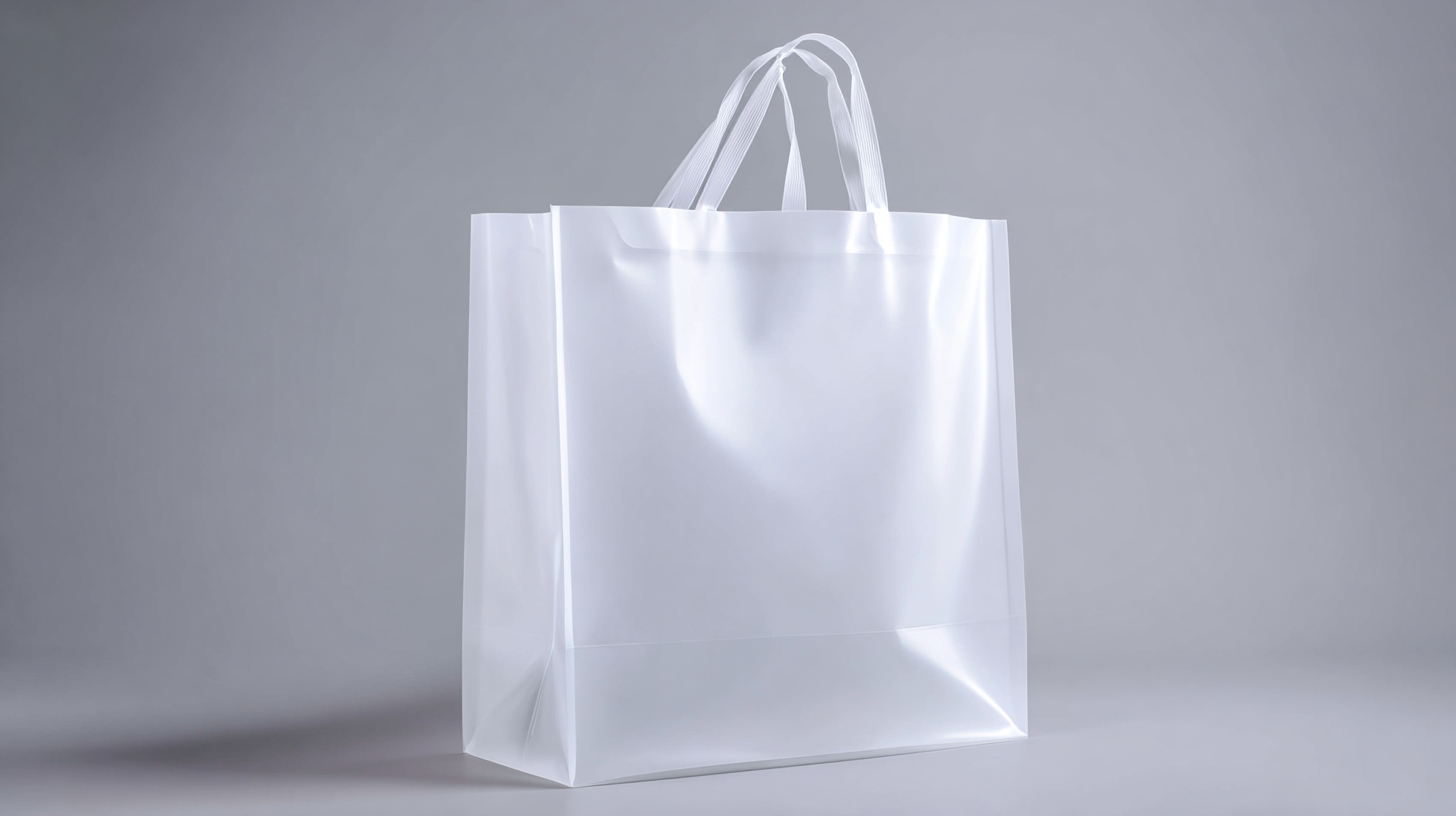
Moreover, simplicity is key in logo design for plastic bags. A clean and straightforward design ensures that the logo remains legible from a distance, which is essential for brand recognition in bustling retail environments. Incorporating unique elements that resonate with your target audience can further enhance the visual appeal. Remember to think about how the logo will look in various contexts—whether it’s being showcased in a store or appearing in social media feeds. A well-designed logo not only serves as a branding tool but also transforms an ordinary plastic bag into a mobile advertisement for your brand.
As sustainability becomes a focal point for brands, choosing eco-friendly plastic bags can significantly enhance your brand's image while reducing environmental impact. According to a 2021 report by the Ellen MacArthur Foundation, more than 90% of plastic items are not recycled properly, contributing to a global crisis. Adopting biodegradable or recyclable plastic bags not only addresses this issue but also resonates with consumers who prioritize sustainability. A survey by Nielsen revealed that 66% of global consumers are willing to pay more for sustainable brands, highlighting the market advantage of eco-conscious packaging.
When selecting sustainable plastic bags, consider materials such as biodegradable polyethylene or corn-starch-based plastics. These alternatives break down naturally over time, unlike traditional plastics that can persist in the environment for centuries. Recent data from Grand View Research indicates that the global biodegradable plastic market is projected to reach $18.6 billion by 2027, reflecting an increasing demand for eco-friendly packaging solutions. Brands that prioritize these options not only improve their environmental footprint but also foster a deeper connection with eco-aware consumers, enhancing both loyalty and overall sales.
When selecting a plastic bag with a logo for your brand, budgeting for quality is crucial for balancing cost and effectiveness in bag selection. According to a recent report by Smithers Pira, the global market for plastic bags is projected to reach $16.5 billion by 2024, indicating a growing demand for high-quality, customizable options. Brands that invest in well-made bags not only communicate professionalism but also encourage customer loyalty.
A survey by the Plastic Industry Association found that over 72% of consumers believe that the quality of packaging reflects the quality of the product inside. Therefore, spending a little more upfront can yield significant returns in brand perception.
While cost is a key factor, it’s essential to consider the long-term value that quality bags provide. Lower-quality bags may be cheaper initially, but they are often less durable, leading to a higher rate of damage and disposal, which can adversely affect brand reputation. A study by Nielsen highlighted that 67% of consumers are willing to pay more for sustainable and high-quality packaging. Therefore, it is advisable to weigh the upfront costs against potential losses from poor-quality products and opt for bags that align with your brand values while ensuring they perform effectively in real-world usage.

